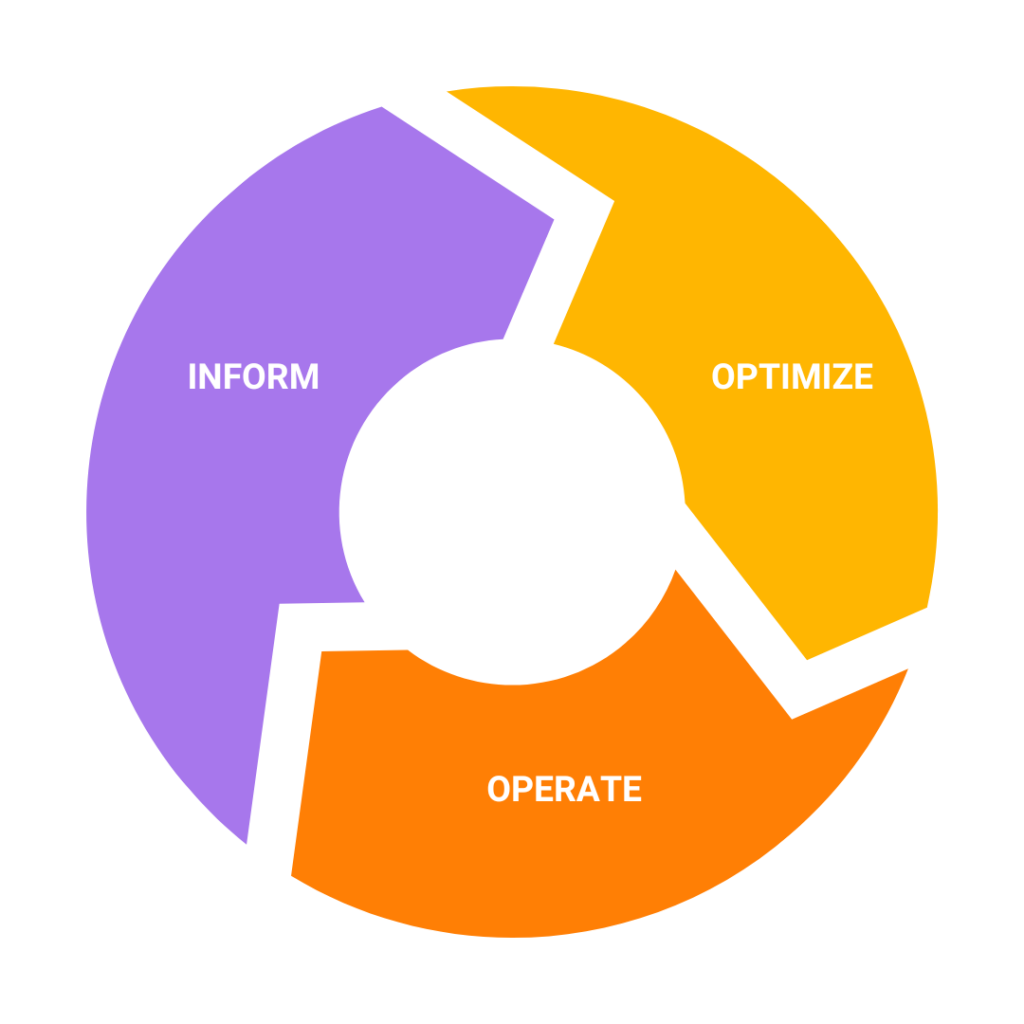FinOps improves software budgeting and forecasting by bringing real-time data, cross-functional collaboration, and financial accountability into the license management process. Traditional IT budgeting often relies on historical costs or rough estimates, leading to over-purchasing, missed optimization opportunities, or surprise expenses. FinOps changes that by ensuring licensing decisions are informed by actual usage, contract terms, and future business needs.
Here’s how FinOps supports more accurate and strategic budgeting for software licensing:
Analyzes usage trends to inform future needs
FinOps helps organizations monitor how licenses are actually being used—tracking user counts, feature consumption, and deployment volumes. This visibility allows teams to forecast renewals, expansions, or reductions based on real patterns, not assumptions.
Eliminates guesswork from budgeting cycles
Instead of relying on vendor quotes or previous spend, FinOps ties budget projections to entitlement data, internal growth plans, and actual consumption—reducing padding and last-minute true-ups.
Identifies optimization opportunities before renewals
Before major renewal cycles or true-ups, FinOps enables proactive reviews to identify unused licenses, unnecessary add-ons, or mismatched license tiers—reducing the budget burden without sacrificing capability.
Links IT spend to business priorities
FinOps helps finance, IT, and procurement collaborate to ensure that license investments align with broader business goals, such as cloud migration, M&A activity, or software standardization initiatives.
Supports multi-year planning and cost controls
With FinOps, organizations can model long-term licensing scenarios, evaluate cost impacts of different licensing models (e.g., perpetual vs. subscription), and lock in better pricing terms with informed negotiations.
At LicenseFortress, we integrate FinOps principles directly into our engagements by providing customers with detailed license usage analysis, renewal modeling, and entitlement validation. We work closely with Finance and Procurement teams to build forecasts rooted in data—not vendor pressure—so licensing becomes a predictable, strategic part of the IT budget.



